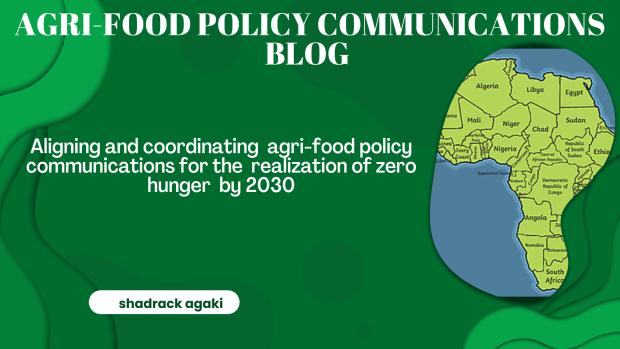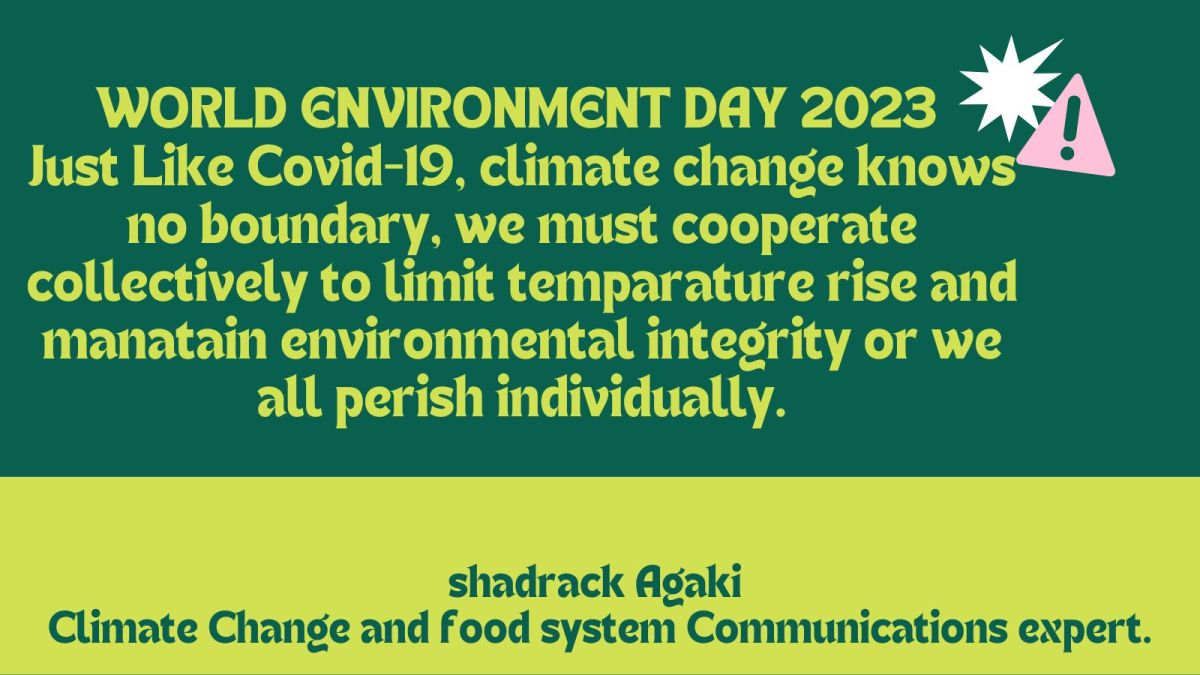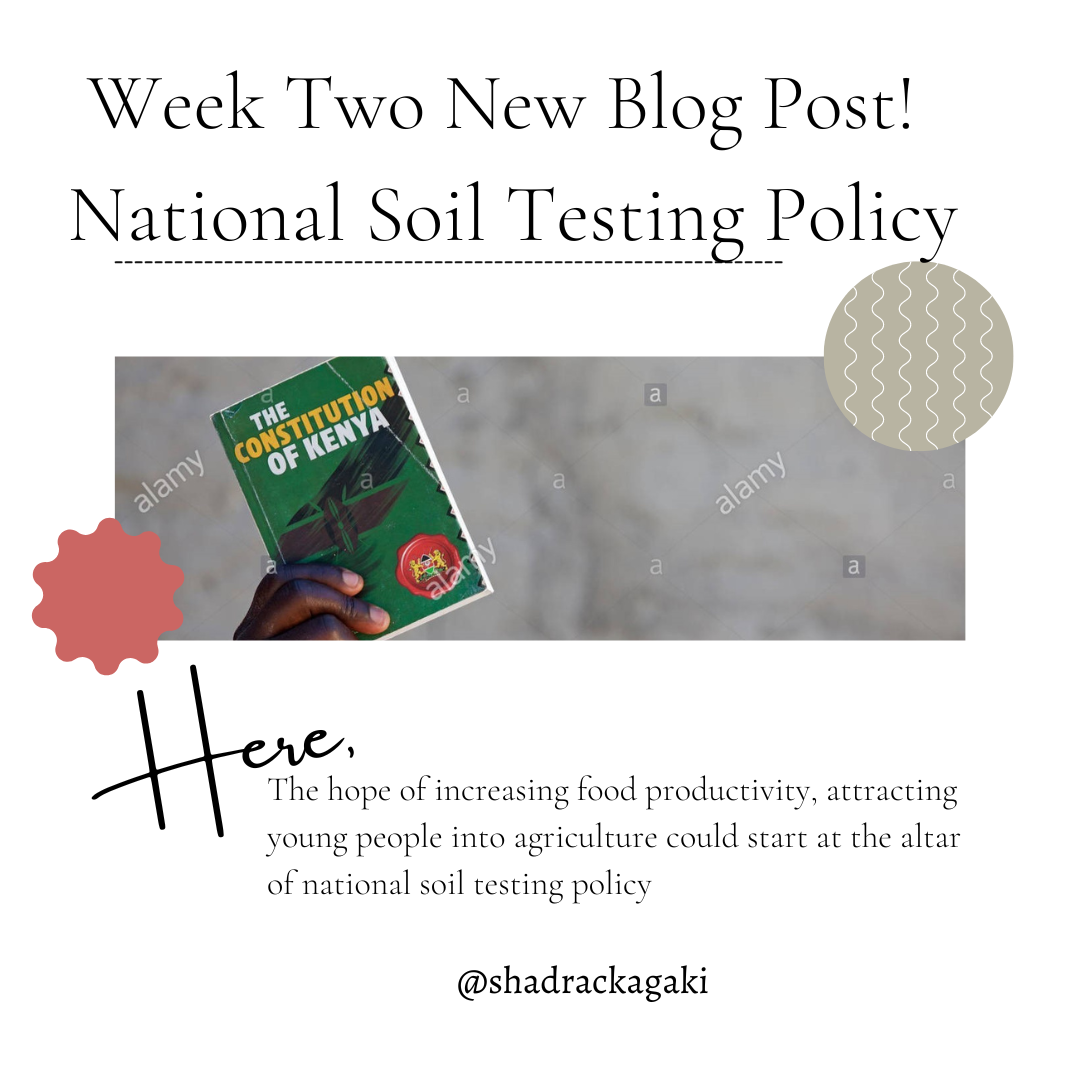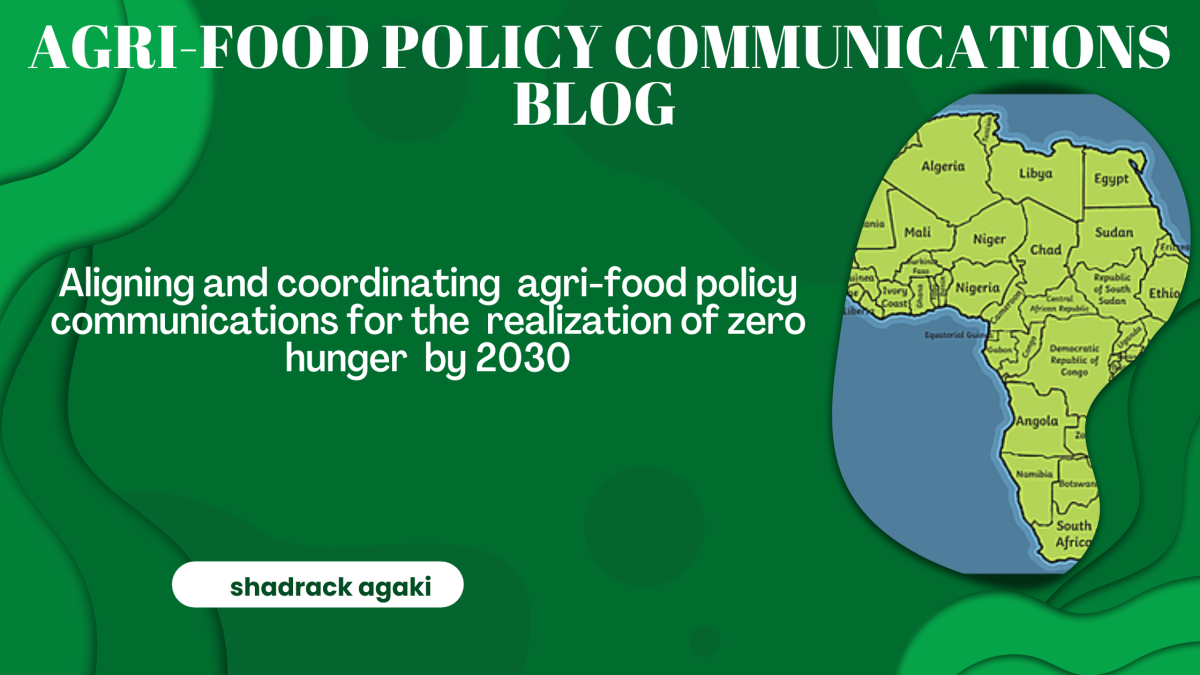As plans get underway to celebrate the global environmental Day 2023, we must be reminded that climate change is a real and present threat to humanity. And as per the objective of the United Nation Framework Convention on Climate Change (UNFCCC) articulated in article 2; among other things, the world should be in a position to prevent rise of temperature to ensure that the ability to produce food is not compromised. Sustainably producing food is essential since it is the foundation of global security and development. However, food security and climate change issues are now converging. They are like Siamese twin.
Climate change debacle as opposed to food insecurity challenges knows no boundaries. This makes the effort to resolve climate change issues a zero sum game- unless everyone is involved, we are fighting a losing battle. The puzzle we face is how to ensure that every hand is on the deck to help solve the challenge. How do we get global cooperation?
The best place to start from will be article 3 of the UNFCCC that contains the principles underlying the implementation. The principle emphasizes that as we strive to protect climate system, it should be on the basis of equity and in accordance with common but differentiated responsibilities and respective capabilities. From this point, diversity has been appreciated and brought to the center of handling climate change and food system challenges.
However, going by previous legacies in the food system, regional differentiation and various level of development among countries became an excuse to let food insecurity prevail. This explain why, in the 21st century over 800 million people still go to bed hungry when the data shows that world food production could comfortably feed all people.
While food insecurity challenge was compartmentalized, climate change cannot because its impacts transcend boundaries. That what happen in the developed economies have an impact on the developing economies and vice versa. We must choose cooperation to live or choose division and perish.
One of the common feature of climate change is greenhouse gas emissions. While industrialized countries have a bigger responsibility because their development trajectory was shaped by massive emission of the GHGs, the developing economy have an obligation not to follow the same path. But this will require that high level of cooperation is initiated and embraced.
Given that there are some key sectors that contribute more than others, it is imperative to focus on some of them and what they offer in terms of tackling climate change while ensuring sustainable food security.
Agriculture
Agriculture according to Intergovernmental Panel on Climate Change (IPCC) contributes from 19-29% of greenhouse gas emissions. Most African countries are dependent on agriculture. To limit the emissions several good practices must be adopted and supported by both developing and developed country economies. This could include funding nature based Solutions, Climate Smart Agriculture, agro-forestry and many others processes that reduce emission of the harmful gases.
However, there are some agriculture practices and actions that must be critically observed. The land use change is a one aspect that need to be checked. For instance planting eucalyptus trees in agricultural land where food crops grow has proved to be detrimental to food security. The tree species while seen as economically viable and helping to increase forest cover, have devastating impact in terms of soil degradation. For instance, the trade-off of putting large tracks of land under eucalyptus plantation in terms of food security is severe and must be reconsidered.
Clean Green Energy.
The arms race to development of clean green energy is amazing and a step towards mitigating and reducing carbon emissions. With the establishment of the Inflation Reduction Act in the United States seeking to encourage development of clean energy jobs, and European Union Net Zero industry framework is a precursor of great transformation in climate change mitigation process.
However, as Scott Barrett points out in his book “Why cooperate?”, the weakest link in addressing climate change will be the undoing to this whole effort in addressing climate change. In this case, if Africa and other developing economies are not assisted to address climate change challenges, the process to limiting the increase of temperature to above 1.5 degree above pre-industrial levels will falter.
While acknowledging the arms race to development of clean energy as a positive trend which is in line with article 9) (2) of the Paris agreement that calls for developed country parties to take lead effort in mobilizing climate finance from a wide variety of sources, instruments and channels to support climate change mitigation; the developed country parties should not forget their obligation to provide financial resources to assist developing parties to address mitigation and adaptation as espoused in (9 ) (1) of the Paris Agreement.
Consequently, even though the developing countries will need support, they also have a clear and important obligations they need to fulfill. One such responsibility is to develop innovative and effective institutional and legal policy framework to support the activities that help address climate change. Establishing carbon market and trading framework is such an important aspect that must be taken up by all developing economies
System thinking approach
In developing institutional policy framework, a holistic approach must be embraced. From the national to the global stage, actors and sectors must work together, sharing knowledge and best practices in addressing the climate change issues.
Streamlining of what happens in different levels and sectors is important because it help in addressing the bottlenecks as well as assess the trade-off and leverage points. For instance, how will embracing green energy impact developing economies?
Technological transfer in terms of clean energy that is being developed in the United States and The European Union must get their way into developing economies to help in advancing adaptation.
System thinking approach will be critical in transparent calculation of carbon gases and help reduce the greenwash phenomenon in climate change space. It is only through systemic approach that we can track all aspect of greenhouse gases emission from the production of materials to raw materials to consumption of goods and services that must be accounted accurately for the process of carbon market and trading to be a useful tool to address climate change.
The complex nature of climate change issues would require that all of us, the global population of above 7 billion people, play a role, if we are to succeed in reducing greenhouse gas emissions. This will take behavioral change. It will require everyone taking small actions to save the environment.
For instance, it will take us reducing the amount of plastic that we produce to reduce their impact on the environment. It will require that we reduce our food waste to tame greenhouse gas emission.
It will take the will and effort to use public transport instead of driving your personal car to reduce amount of carbon gases emitted from the transport sector.
Indeed, it is all of us, you and me, from wherever place in the world that could act to address climate change and restore environmental integrity.
Let us do it together!





